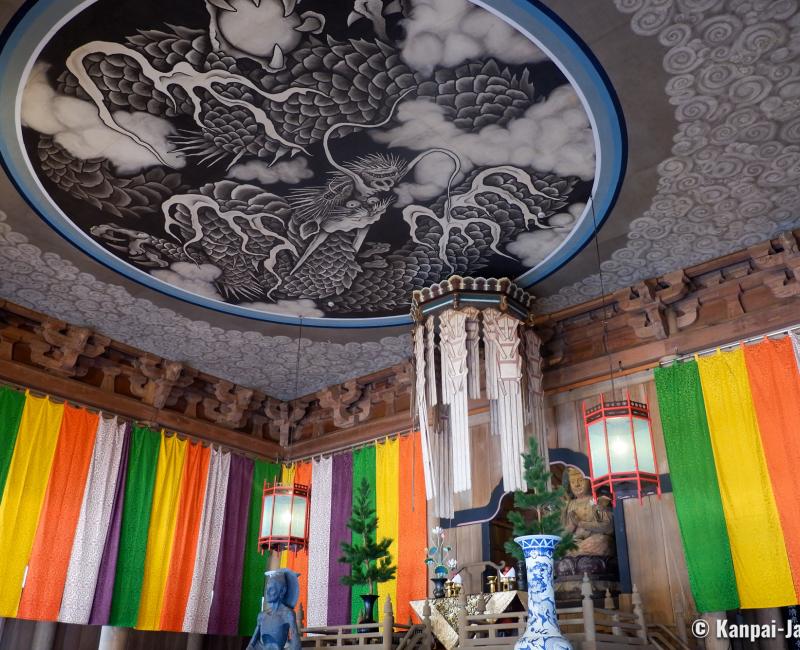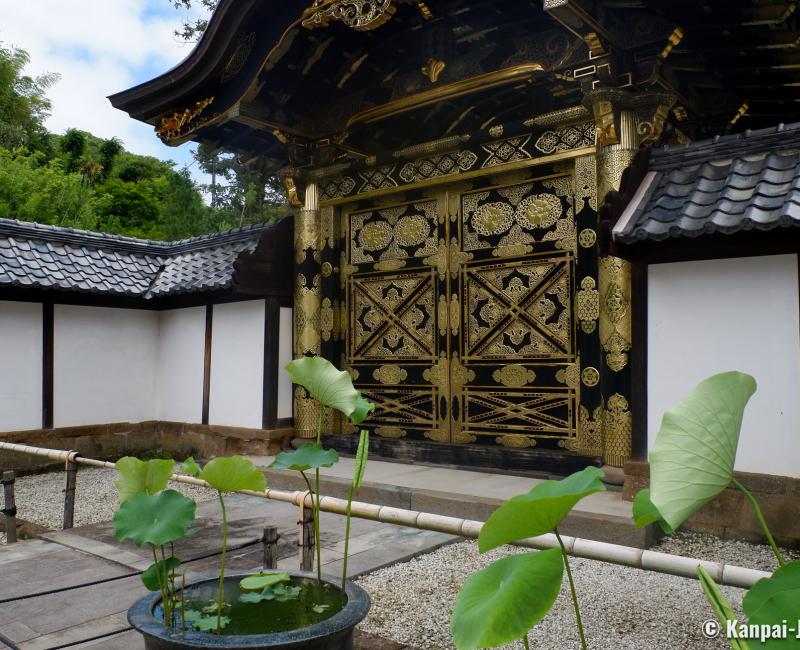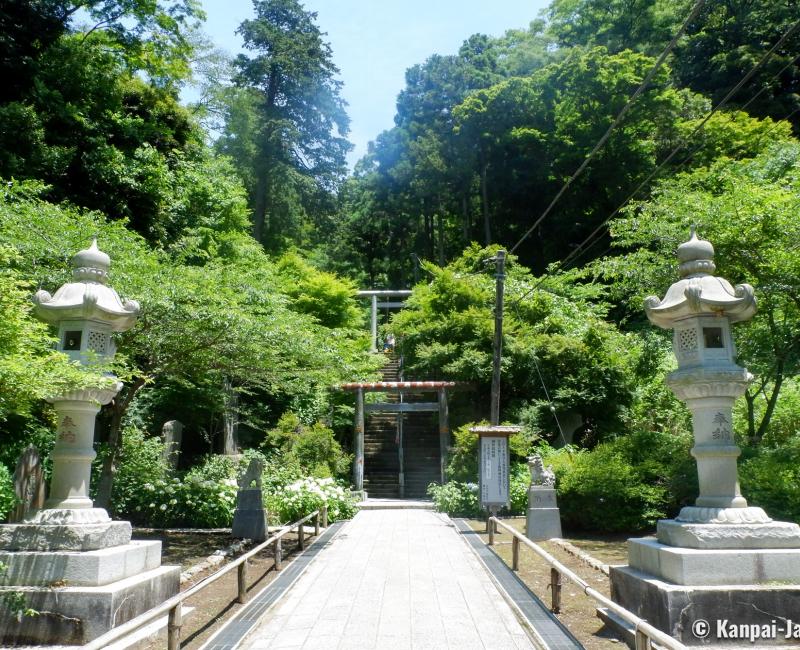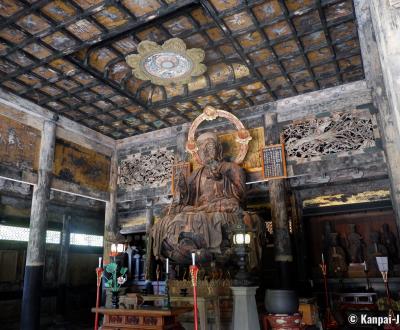Kencho-ji
The Oldest Zen Temple in Kamakura
Kencho-ji is a Buddhist temple in Kamakura, once the capital of Japan during the Japanese Middle Ages (1185-1333), located in the south of Tokyo. It is one of the five great Zen temples of the city, all built in the 13th century. Its main feature is its monumental scale, and the variety of its highlights, some of which are Important Cultural Assets, which makes it one of Kamakura’s must-see.
Kencho-ji temple was founded in 1253 by Chinese Zen monk Rankei Doryu (Japanese name) upon Emperor Go-Fukakusa’s order. It belongs to the Rinzai school of Zen Buddhism, where zazen, the practice of meditating sitting with a straight back, is emphasized, as well as koan, a type of thinking based on unconventional logic.
This site initially included seven main buildings and forty nine sub-temples, but many burnt down in the 14th and 15th centuries. Some were partly reconstructed later, and nowadays, about ten sub-temples and ten main buildings remain. Some of them are listed as Japan’s Important Cultural Properties, such as:
- Sanmon Gate, rebuilt in 1775,
- Butsuden, that shelters the main image of the temple,
- Hatto, the initial place for zazen practice,
- Karamon Gate.

A digest of historical testimonies
The great Sanmon Gate welcomes and impresses visitors with its monumental scale that sets the scene of Kencho-ji's historical significance. In its upper part, not accessible, are preserved the statues of Shaka Nyorai and his 16 Rakan disciples, as well as those of 500 monks who studied and reached spiritual enlightenment at the temple.
Then a beautiful tree-lined path unfolds, where stands a majestic 760 years-old Chinese juniper that was supposedly planted by Doryu at the founding of the temple. Facing the venerable tree is the Butsuden, or Buddha’s pavilion, sheltering a large statue of Jizo Bosatsu, the protector of children and travelers. The building dates back to the 17th century and is characterized by a coffered ceiling in its original condition of Momoyama period (1573-1603) that was relocated from Tokyo’s Zojo-ji temple.
The Hatto is the third large building, but also the largest building of this type in Kanto area. The present days’ construction was erected in 1814, and Senju Kannon (Thousand-Armed Kannon) is worshipped. It shelters beautiful artworks such as:
- Unryu-zu, a wonderful ceiling painting of a dragon. It was made in 2003 to celebrate the 750th anniversary of the temple by painter and ceramist Koizumi Junsaku (1924-2012), and below,
- A fasting Buddha statue, characterized by its emaciated appearance.
It certainly is the most beautifully decorated room in all Kencho-ji temple.

A place dedicated to the practice of Zen
Further, Karamon Gate, relocated from Zojo-ji in 1647, opens on the main building Hojo, where religious ceremonies are performed. The gilded gate contrast with the sobriety of the Hojo’s great room with tatami flooring. Formerly the monks’ quarters, the building now shelters their zazen practice, to which visitors can participate from a specific space.
On the other side of the building, a splendid Zen garden structured around a pond is open to contemplation. The calm and soothing atmosphere, only troubled by the surrounding nature’s sounds, offer a welcomed rest before continuing exploration.

The beginning of Tenen Hiking Trail
Kencho-ji temple is nestled in a valley from the bottom of which a series of stairways lead to the heights of the site, a difficult ascension, but really rewarding:
- A first landing marks the entrance to Hansobo shrine, guarded by mysterious statues of Tengu, the warriors from the Shinto mythology, dispersed on the mountainside,
- A little bit higher, a conveniently located resting area offers a view on both the Pacific Ocean and Mount Fuji on clear weather days.
Then a small stone torii ⛩️, from which start a new stairway, signals the beginning of Tenen Hiking Trail. It winds into the forest and reaches the eastern part of Kamakura city. At the top of the stairways, there is a last beautiful view on Kencho-ji and the surrounding nature.
Kencho-ji temple is a not-to-be-missed place, either for Japanese temples lovers, hikers or people looking for a haven of peace. A must-see in Kamakura, Kencho-ji is an unforgettable place.


